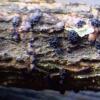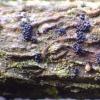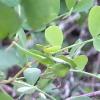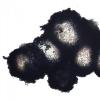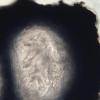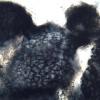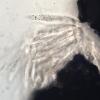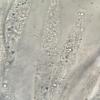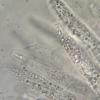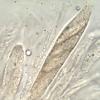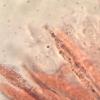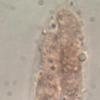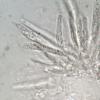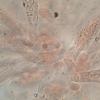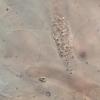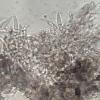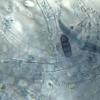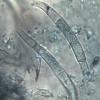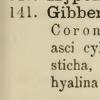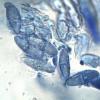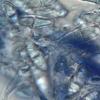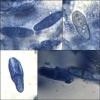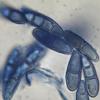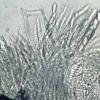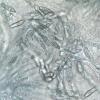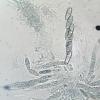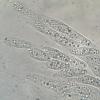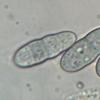
09-01-2026 17:41
Arnold BüschlenHallo, F. dilatata wird von vielen Bryoparasiten

10-01-2026 20:00
Tom SchrierHi all,We found picnidia on Protoparmeliopsis mur

07-01-2026 22:22
 Danny Newman
Danny Newman
Tatraea sp. on indet. hardwood The Swag, Great Sm

10-01-2026 01:18
 Danny Newman
Danny Newman
cf. Neovaginatispora fuckelii on indet. shrub Pre

07-01-2026 10:24
 Danny Newman
Danny Newman
Pezicula sp. on indet. hardwood Appalachian Highl

09-01-2026 10:08
 Blasco Rafael
Blasco Rafael
Hola, en el mismo habitat que la anteriorRetamaDia

08-01-2026 21:22
 Blasco Rafael
Blasco Rafael
Hola, He recogido esta muestra de Orbilia sobre Re

07-01-2026 17:29
 Marc Detollenaere
Marc Detollenaere
Dear Forum,On a barkless Populus I found some smal

10-11-2021 17:33
 Riet van Oosten
Riet van Oosten
Add-on topic http://www.ascofrance.com/forum/7059

07-01-2026 10:05
 Danny Newman
Danny Newman
cf. Chaetospermum on XylariaCosby Campground, Grea
At first I had no idea about its classification, but it has very distinguish features, namely:
- A blue pigment on all the tissues of the perithecia,
- some big (sub-)globose cells at the bases of the asci (up to 30 um).
- some big conidia, comma shaped, septate, some seeming to have some internal oil drops.
Searching the forum for "bleu pyréno" I found the topic by Luc Bailly "Pyréno bleu foncé sur Arnica montana" (#17317), where some connection was made to the genus Gibberella. I got the "Gibberella" key by Samuels et al., where the identification of species rely on the anamorph, a Fusarium sp..
The question is that such key only contains species with septate ascospores (one or more septa) and I was not able to see any septation on the spores, though the photos are not clear do to hyalinity and the existence of many drops inside the asci and arround the spores, which perturb their observation. Thus, I only give their approximate dimensions: 12 - 17.5 x 3.3 - 5.6 um.
Can anyone help?
I will upload some photos in different messages to this topic, starting for those of the specimens.
Thanks in advance,
zaca

http://www.floravascular.com/index.php?spp=Coronilla%20minima
regards
Martin
It seem very likely. So, maybe next month I can see the flower.
Regards,
zaca
I'm new to these genera. I have to look again for the spores and conidia. Any suggetsion for the stain, in order to better see the possible septation?
Regards,
zaca

Martin
Thanks, Martin!
Regards,
zaca

congrats for the septa! I would file this now at least as Giberella zeae cf. since you found only few with 3 septa, but variation is known:
https://www.jstor.org/stable/3807718?seq=1#page_scan_tab_contents
regards
Martin
You seem to have an inexhaustible source of material related with Fusarium/Giberella. I could not read the whole paper at the link you provided (no access), but the abstract is clear about the variation of the septation of the ascospores in G. zeae. However, I have the reverse of the situation therein, a big amount of one-celled, a part with 2-cells and a very small part with 3 and 4 cells (these occuring in only one ascus). On the other hand, as far as I understand, the conidia seem to fit the anamorph Fusarium species with telemorph G. zeae, Fusarium graminearum (compare with the paper by DlMlTR ATANASOFF in Journal of Agricultural Research Vol. 20 (no. 1), 1920). Thus, as you proposed, by now I will leave it as G. cf. zeae.
Best regards,
zaca
Just to update the data from microscopy, since this time and after several failed attempts I succeeded to observe many 3-septate spores, one more point in favour of Gibberella zeae. My acknowledgements to Martim Bemmann, who knew from the beginning that sooner or later I will arrive to this point.
Best regards,
zaca

I did know nothing. I just followed a narrow path starting by identifying the host and then using my digital library. I am far off to be an expert on Giberella....
I just had fun to solve this riddle, as you had ? Thank you for sharing this!
Best regards
Martin
